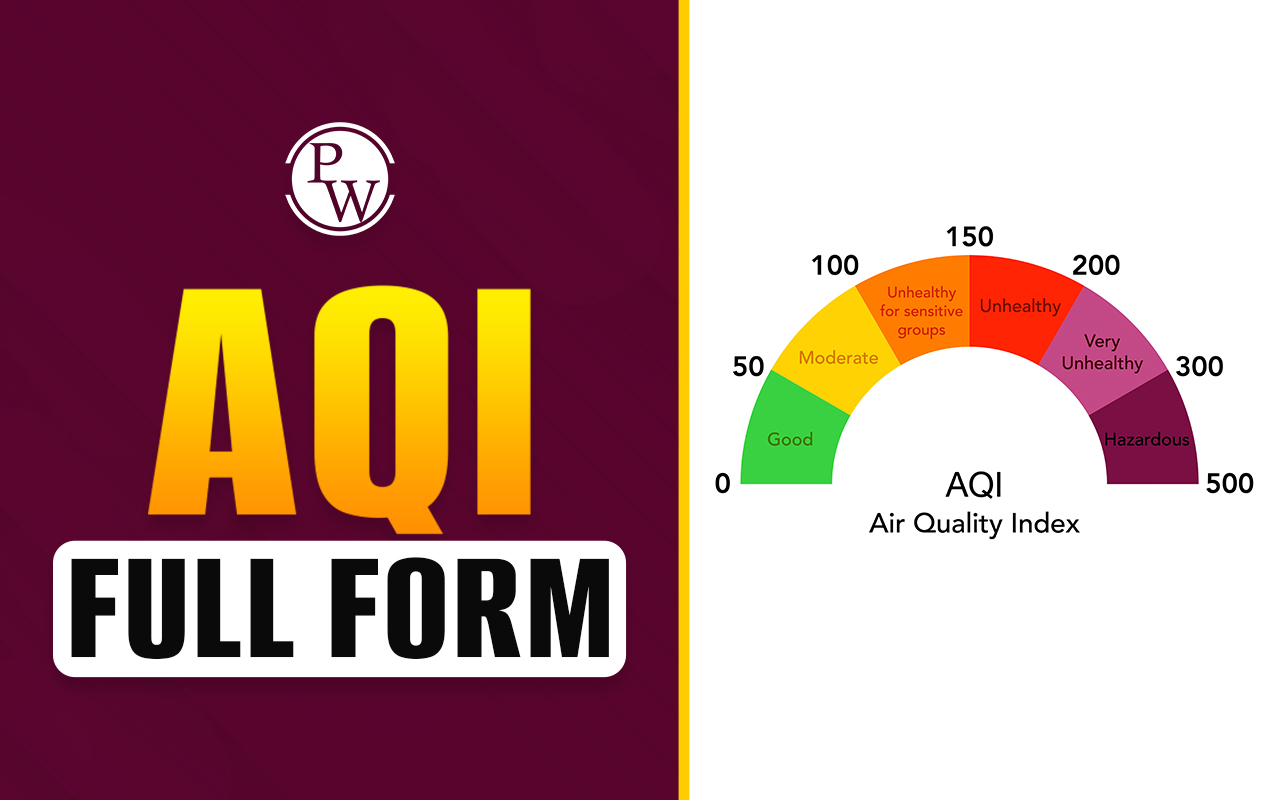

TRT is an abbreviation for testosterone replacement therapy.
A growing number of men are suffering from testosterone deficiency, also known as "low T." According to recent research, testosterone levels may drop by as much as 2% per year after the age of 30. 1 Further research has revealed that the prevalence of low T is as high as 38.7% in men aged 45 and up. 2
Naturally, this has resulted in an increase in physicians, particularly endocrinologists, prescribing a type of treatment protocol known as testosterone replacement therapy (TRT). As research advances, the medical and scientific communities are gaining a better understanding of how testosterone levels affect longevity and well-being.
Trained men's health physicians are now well-versed in the safe and effective administration of prescription testosterone.
What is TRT?
TRT stands for testosterone replacement therapy, also known as androgen replacement therapy. It is primarily used to treat low testosterone (T) levels caused by ageing or a medical condition.
However, it is becoming increasingly popular for non-medical applications, such as:
- improving sexual performance
- achieving higher levels of energy
- bodybuilding muscle mass building
Some research suggests that TRT may help you achieve some of these objectives. However, there are some limitations. Let's take a closer look at what happens to your T levels as you age and what you can realistically expect from TRT.
T Decrease as We Get Older
As you get older, your body naturally produces less T. According to an article published in American Family Physician, the average male's T production decreases by 1 to 2 percent per year.
All of this is a completely natural process that begins in your late twenties or early thirties:
- Your testicles produce less T as you get older.
- When your testicular T is low, your hypothalamus produces less gonadotropin-releasing hormone (GnRH).
- When your GnRH levels are low, your pituitary gland produces less luteinizing hormone (LH).
- Lower LH levels result in lower overall T production.
This gradual decrease in T frequently results in no discernible symptoms. However, a significant decrease in T levels may result in:
- Low sex results in fewer spontaneous erections.
- Erection problems
- Decreased sperm count or volume difficulty sleeping unusual muscle and bone density
- Unidentified weight gain
How Can I Tell if I Have Low T?
The only way to find out if you truly have low T is to visit a doctor for a testosterone level test. This is a simple blood test that is required by most providers before prescribing TRT.
Because T levels are affected by a variety of factors, you may need to repeat the test several times.
- Fitness level diet
- The time of day when the test is performed
- Certain drugs, such as anticonvulsants and steroids
The following is a breakdown of typical T levels in adult males beginning at the age of 20:
| Age (in years) | T levels in nanograms per milliliter (ng/ml) |
| 20–25 | 5.25–20.7 |
| 25–30 | 5.05–19.8 |
| 30–35 | 4.85–19.0 |
| 35–40 | 4.65–18.1 |
| 40–45 | 4.46–17.1 |
| 45–50 | 4.26–16.4 |
| 50–55 | 4.06–15.6 |
| 55–60 | 3.87–14.7 |
| 60–65 | 3.67–13.9 |
| 65–70 | 3.47–13.0 |
| 70–75 | 3.28–12.2 |
| 75–80 | 3.08–11.3 |
| 80–85 | 2.88–10.5 |
| 85–90 | 2.69–9.61 |
| 90–95 | 2.49–8.76 |
| 95–100+ | 2.29–7.91 |
You probably don't need TRT if your T levels are only slightly low for your age. If they are significantly low, your provider will most likely recommend TRT after additional testing.
TRT is Administered in What Way?
TRT can be performed in a variety of ways. Your best option will be determined by your medical requirements as well as your lifestyle. Some methods require daily administration, while others only require it once a month.
TRT techniques include:
- Medications taken orally
- injections into the muscles
- transdermal patches
- creams for external use
- TRT can also be administered by rubbing testosterone on your gums twice daily.
Types of TRT
Because oral testosterone preparations can cause serious liver problems, they have not been used to treat hypogonadism. Furthermore, they do not maintain consistent testosterone levels.
The lymphatic system absorbs testosterone undecanoate (Jatenzo), an FDA-approved oral testosterone replacement preparation. It may avoid the liver problems seen with other oral testosterone forms.
Other preparations you could make, depending on your convenience, budget, and insurance coverage, include-
Gel : There are numerous gels and solutions available, each with a unique application method. Depending on the brand, you rub the testosterone into your skin on your upper arm or shoulder (AndroGel, Testim, Vogelxo) or apply it to the front and inner thigh (AndroGel, Testim, Vogelxo) (Fortesta).
Through your skin, your body absorbs testosterone. To ensure that the gel is absorbed, don't shower or bathe for several hours after applying it.
Skin irritation and the possibility of passing the medication to another person are among the side effects. Avoid skin-to-skin contact until the gel has dried completely, or cover the affected area after application.
Injection : Testosterone cypionate (Depo-Testosterone) and testosterone enanthate are administered intramuscularly or subcutaneously. Depending on how frequently you receive injections, your symptoms may fluctuate between doses.
You or a family member can learn to inject testosterone at home. If you are uncomfortable giving yourself injections, a member of your care team can do so.
Every 10 weeks, testosterone undecanoate (Aveed) is administered via deep intramuscular injection. It is only available at your provider's office and has serious side effects.
Patch : Each night, a testosterone patch (Androderm) is applied to your thighs or torso. A severe skin reaction is a possible side effect.
Cheek and gum (buccal cavity) : Gum-and-cheek testosterone replacement is a small putty-like substance that delivers testosterone through the natural depression above your top teeth where your gum meets your upper lip (buccal cavity).
This product, when taken three times per day, adheres to your gumline and allows testosterone to enter your bloodstream. It has the potential to irritate the gums.
Nasal : The testosterone gel (Natesto) can be injected through the nostrils. This option reduces the possibility of medication being transferred from one person to another through skin contact.
Nasal testosterone must be administered twice in each nostril three times per day, which may be more inconvenient than other methods of administration.
Implantable Pellets : Every three to six months, testosterone-containing pellets (Testopel) are surgically implanted under the skin. This necessitates an incision.
Testosterone therapy has several risks, including:
- Increased production of red blood cells
- Acne
- Enlarged breasts
- Sleep disturbances
- Prostate enlargement
- Limited sperm production
Application of TRT
Medicine Applications
TRT has traditionally been used to treat hypogonadism, a condition in which your testes (also known as gonads) do not produce enough testosterone.
Hypogonadism is classified into two types:
- Primary Hypogonadism : Low T is caused by problems with your gonads. They are receiving signals from your brain to produce T but are unable to do so.
- Secondary Hypogonadism : Low T is caused by hypothalamic or pituitary gland dysfunction.
TRT compensates for T that isn't produced by your testes. TRT can help you if you have true hypogonadism:
- Enhance your sexual function
- Increase sperm count and volume
- Increase levels of other T-interacting hormones, such as prolactin
TRT can also assist in balancing out abnormal T levels caused by:
- autoimmune diseases
- genetic diseases
- Infections affecting your sex organs
- unexplained testicles
- Cancer sex organ surgery radiation therapy
Non- Medicine Applications
Many countries, including the United States, make it illegal to buy T supplements for TRT without a prescription.
Nonetheless, people seek TRT for a variety of non-medical reasons, including:
- Shedding pounds
- Boosting energy levels
- Increasing sexual drive or performance increasing athletic endurance
- Increasing muscle mass for bodybuilding
TRT has been shown to have some of these advantages. A recent review Trusted Source concluded, for example, that it effectively increased muscle strength in middle-aged and older males.
TRT, on the other hand, has few proven benefits for people with normal or high T levels, particularly younger males. Furthermore, the risks may outweigh the benefits. A small study published in 2014 , Trusted Source discovered a link between high T levels and low sperm production.
Furthermore, using TRT to gain a competitive advantage in a sport is considered "doping" by many professional organizations, and is grounds for expulsion from the sport.
TRT has long been used to treat hypogonadism and other conditions associated with low T production. Despite the hype, the benefits for those without an underlying condition aren't as clear.
Before taking any T supplements or medications, consult your doctor. They can assist you in determining whether your TRT goals are safe and realistic.
It's also critical to be monitored by a medical professional while taking T supplements so that any unwanted symptoms or side effects can be noted.
Cost of TRT
The cost of TRT varies depending on the type prescribed. If you have health insurance and require TRT to treat a medical condition, you will most likely not have to pay the full cost. The actual cost may also differ depending on your location and whether a generic version is available.
In general, you can expect to pay between $20 and $1,000 per month. The actual cost is determined by a number of factors, including:
- Type of medication
- Administration method in your location
- Whether a generic version is available
When it comes to cost, keep in mind that TRT simply raises your T levels. It will not treat the underlying cause of your low T, so you may need treatment for the rest of your life.
[wp-faq-schema title=" Full Form of TRT FAQs" accordion=1]
How dangerous is TRT?
How do I obtain TRT in India?
What are the advantages of TRT?
How quickly does TRT begin to work?












